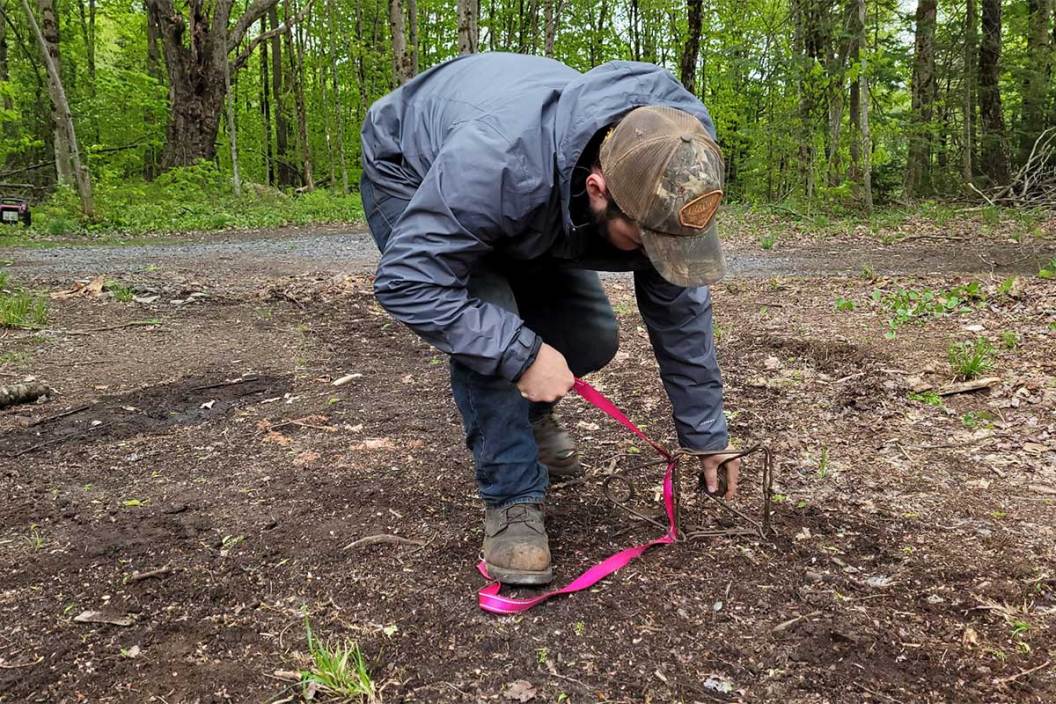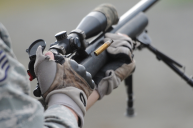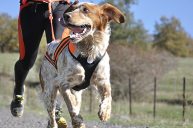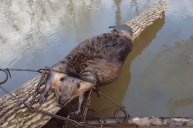It doesn't happen often, but when it does, it is a nightmare for dog owners: the dog accidentally wandered into a Conibear trap. It slammed closed on their neck, and they are trapped and suddenly suffocating.
There is no time for hesitation. The dog owner's next move determines whether their dog lives or dies.
For the uninitiated, Conibear traps (sometimes called bodygrip traps) are devices commonly used in fur trapping. They have jaws, which consist of a set of metal bars hinged together that collapse via springs onto an animal's body as it passes through the trap and sets off the trigger. Conibear traps are designed to quickly and humanely kill whatever is trapped within their metal brackets. Knowing how to quickly and efficiently release this device will save your pet. It is as simple as that.
The First Step is Vital
The first thing to remember, and possibly one of the most important, is to not panic. Remain calm even if the situation is dire. Your pet will be panicked enough. You must be calm enough to remember how to release the trap.
In order to release the grip of the trap from the dog's neck, you will have to open the jaws. Small Conibear traps can usually be opened by hand, but most need some sort of rope implement to release. For bigger Conibear traps, most trappers will bring along a tool to do that. Dog owners will likely not have this tool along with them, but can improvise the same motion with a belt or a dog leash in an emergency. Even a shoelace could do the trick. The whole focus of opening the metal jaws is to release the pressure of the springs located on both sides of the trap.
To release the trap, drop the clip end of the leash or buckle end of the belt on the ground and stand on it firmly. Then, locate the loops and springs on the trap. Thread the other end of the leash or belt through the small metal loop on one end of one of the two springs. Then thread the leash or belt through the other metal loop on the same side. Continue to step firmly on the leash or belt. Then, with the leverage created by threading through the two metal loops, pull up hard on the springs. Traps are designed to be very strong, so you will have to give it some serious muscle. It might be strenuous, but it is possible.
Once compressed, attach the safety clip that is located on the trap to the spring. Repeat this same process on the other side. The dog will most likely free itself once that pressure is relieved.
It is very rare for a dog to get trapped in a trap that was set by a responsible trapper following the law. It is more probable that any trap that catches a dog is set improperly or illegally. Trapping laws are developed to ensure that the sport is safe and that any potential harm is highly unlikely. Many trappers are pet owners, too. They do not want to see pets get hurt by their trapping sets.
If you will be walking your pet frequently in areas known to be set with traps, it is advisable to invest in a of trap setter. This common trapping tool will make it much easier to release the pet from a sprung trap, in the event an emergency happens.
Above all else, familiarize yourself with the workings of a Conibear trap, and understand the process of releasing its jaws should they unfortunately clamp down on your dog.




